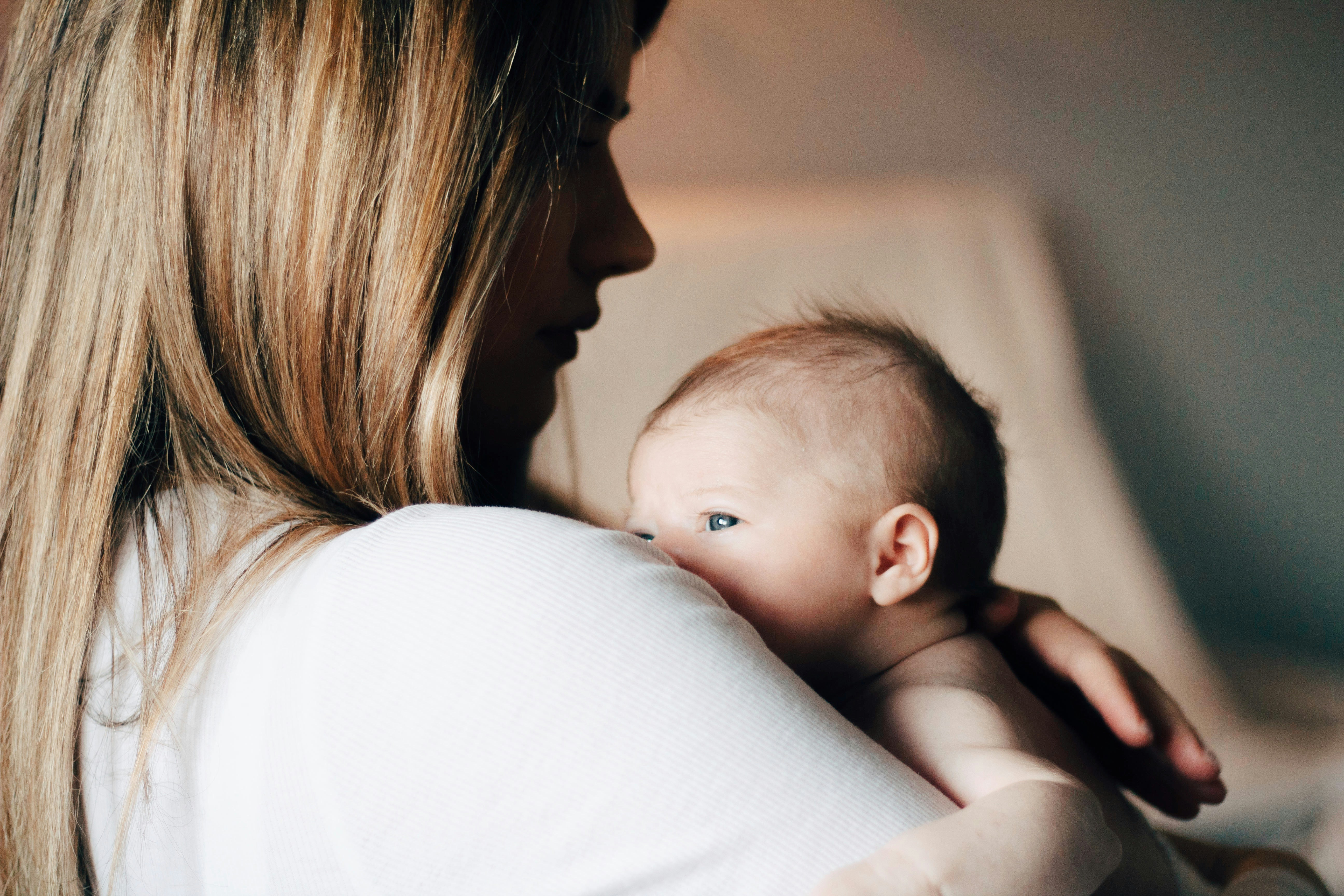The early days of parenthood are filled with both joy and uncertainty. One question that frequently...
What to Do if Your Baby Hates Swaddling
 By
Mellow Editorial Team
·
3 minute read
By
Mellow Editorial Team
·
3 minute read

Does your little one fight the swaddle like a tiny escape artist? You're not alone! Many babies seem to dislike being swaddled, leaving parents confused and wondering if they should just give up. But before you ditch the swaddle entirely, let's explore why your baby might be fussing and what you can do about it.
Why Does My Baby Fight the Swaddling?
There are a few reasons your baby might be protesting the swaddle:
- Active Sleep: Newborns have two sleep cycles: quiet sleep and active sleep. During active sleep, their little bodies might twitch and flail, which the swaddle can restrict. This doesn't necessarily mean they dislike the swaddling, just that they're in a different sleep stage.
- Overtiredness: An overtired baby can be more resistant to swaddling. Pay close attention to sleepy cues and maintain regular wake windows to avoid overtiredness.
- Moro Reflex: This startle reflex makes babies throw their arms out when startled. While the swaddle can help calm this reflex, some babies might still react initially.
- Developmental Stage: Around 3-6 months, the Moro reflex weakens, and babies become stronger and more mobile. They might simply prefer the freedom to move their arms.
Signs Your Baby Might Not Enjoy Swaddling
- Escape Artist: If your baby frequently escapes the swaddle, even when it’s correctly done, it might be time to stop swaddling.
- Fussing Fiesta: Consistent fussiness during swaddling, especially if it doesn’t subside, can be a sign. Sometimes the fussiness is due to being overtired or the timing of the swaddle.
- Moro Reflex Fading: If your baby is nearing 4-6 months and the startle reflex is less of an issue, they might be ready to transition out.
Should I Still Swaddle a Fussy Baby?
Here's the surprising thing: even babies who fight the swaddle can benefit from it! Swaddling mimics the womb's snugness, promoting a sense of security and potentially better sleep. Studies even show it can reduce crying and soothe pain in newborns.
Tips for Swaddling a Fussy Baby:
- Calm Before the Swaddle: Make sure both you and your baby are calm before attempting the swaddle. Babies can pick up on anxious energy.
- Swaddle Exploration: Different babies prefer different swaddle styles. Experiment with various swaddles to see what works best.
- Practice Makes Perfect: Swaddling takes practice! Sometimes, it takes time for both you and your baby to get used to the swaddle. Don't get discouraged if it's not perfect right away.
- What Comes After Matters: Sometimes, calming techniques after swaddling make the biggest difference. Consider white noise, gentle rocking, or shushing to help your little one settle. The 5 S's technique by Dr. Harvey Karp works wonders for soothing a crying baby and promoting sleep.
Alternatives to Swaddling
If swaddling just isn't working for your baby, don't worry! Here are some alternatives:
- Sleep sack: For babies who seem to prefer their arms out, consider a "Love to Dream" style swaddle.
- Focus on Sleep Cues: Mastering your baby's sleepy cues can help them fall asleep independently, reducing the need for swaddling.
Remember: Every baby is unique. What works for one might not work for another. Don't be afraid to experiment and find what works best for your little one and you!
Choosing the Perfect Swaddle
Picking the right swaddle can make all the difference for a smooth (and quiet!) swaddling experience. Here are some key points to consider:
- Safety and Fit: Always prioritize safety! Look for a swaddle specifically designed for swaddling with secure closures like Velcro or zippers. Ensure you choose the correct size based on the manufacturer's weight and height guidelines for your baby. This ensures a snug but comfortable fit that won't restrict movement or pose a safety risk.
- Comfort and Fabric: Consider the temperature of your home when selecting the fabric. Breathable cotton is a great choice for most climates. You'll also want a soft, gentle fabric that feels comfortable against your baby's delicate skin.
- Ease of Use: Think about your own needs! Pick a swaddle that's easy for you to put on and adjust. Velcro or zipper closures are generally simpler to manage, especially for sleep-deprived parents. Consider features like detachable wings or leg pouches if you want more flexibility.


